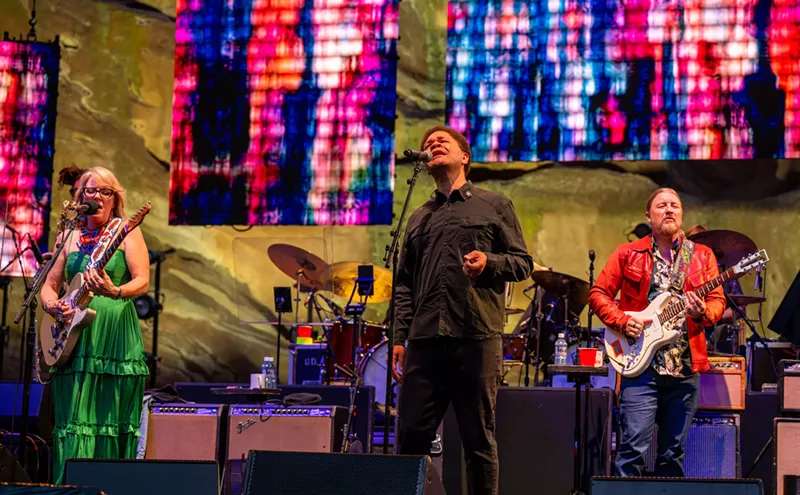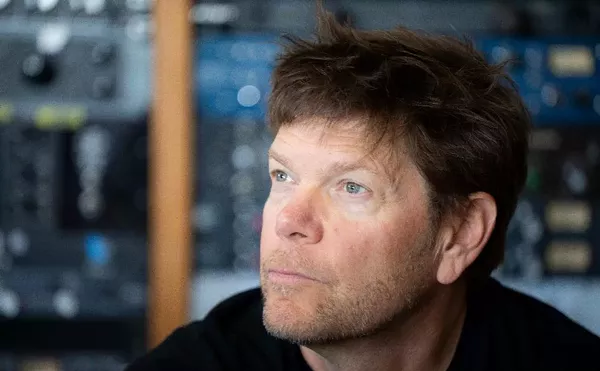Building on some of the ideas presented on her last album, 2008's Beat Beat Pound, Andrea Ball once again sidesteps the well-worn singer-songwriter template on Dial Tone, her latest effort, in favor of more plodding, piano-heavy arrangements. Fleshed out by an array of interesting sounds, the dynamic range here swings fluidly from sparser numbers — with sighing strings, gently moaning saws and murmuring horns creating a spectral backdrop for Ball's hushed vocals — to more forceful and deliberate tunes driven by clacking rhythms, staccato piano lines and snare hits. Resembling Fiona Apple as played by Maria Taylor, Ball brings a distinct cinematic flair to Dial Tone. (The record was produced by Cinematic Underground mastermind Nathan Johnson, whose past work includes film scores for both Brick and the Brothers Bloom — so this isn't entirely coincidental.) Most sequels disappoint; this one does not.

Audio By Carbonatix
[
{
"name": "GPT - Billboard - Slot Inline - Content - Labeled - No Desktop",
"component": "23668565",
"insertPoint": "2",
"requiredCountToDisplay": "2"
},{
"name": "STN Player - Float - Mobile Only ",
"component": "23853568",
"insertPoint": "2",
"requiredCountToDisplay": "2"
},{
"name": "Editor Picks",
"component": "17242653",
"insertPoint": "4",
"requiredCountToDisplay": "1"
},{
"name": "Inline Links",
"component": "18838239",
"insertPoint": "8th",
"startingPoint": 8,
"requiredCountToDisplay": "7",
"maxInsertions": 25
},{
"name": "GPT - 2x Rectangles Desktop, Tower on Mobile - Labeled",
"component": "24956856",
"insertPoint": "8th",
"startingPoint": 8,
"requiredCountToDisplay": "7",
"maxInsertions": 25
},{
"name": "Inline Links",
"component": "18838239",
"insertPoint": "8th",
"startingPoint": 12,
"requiredCountToDisplay": "11",
"maxInsertions": 25
},{
"name": "GPT - Leaderboard to Tower - Slot Auto-select - Labeled",
"component": "17676724",
"insertPoint": "8th",
"startingPoint": 12,
"requiredCountToDisplay": "11",
"maxInsertions": 25
}
]











